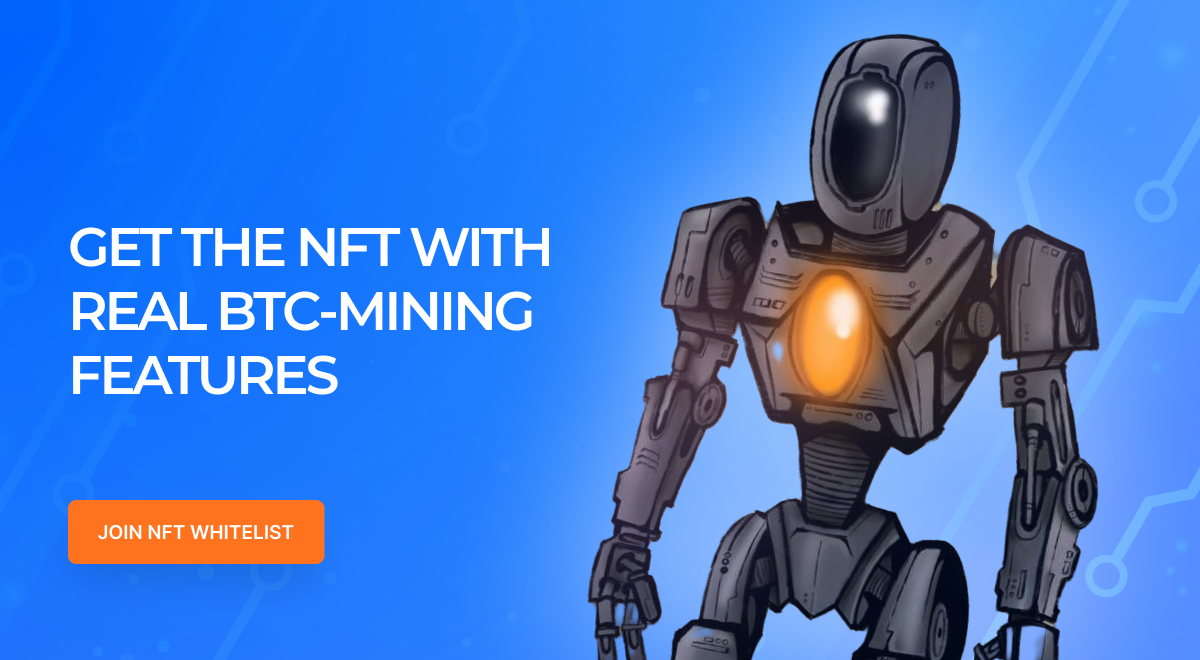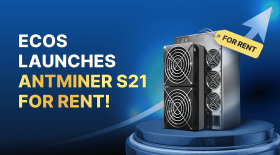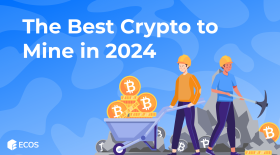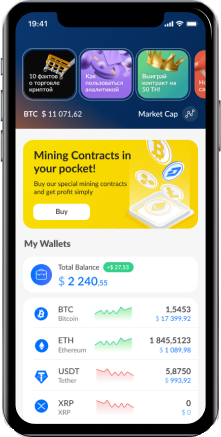The Ultimate Guide to Minting an NFT: Step-by-Step Instructions for Creating and Selling Unique Digital Assets
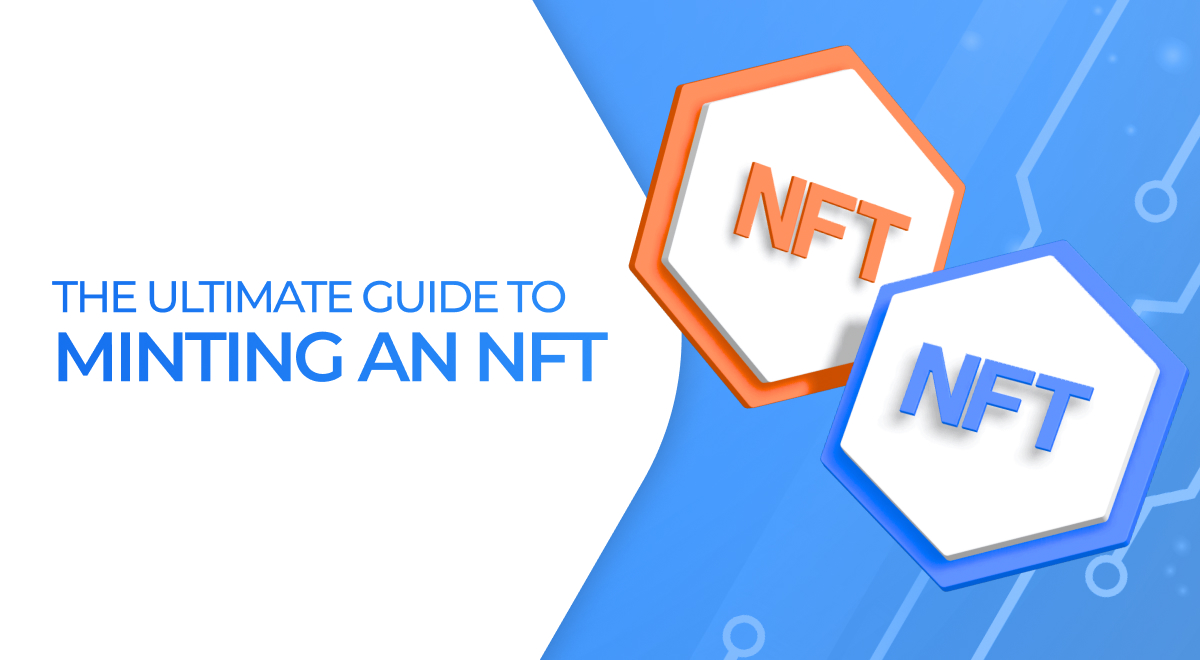
Cryptocurrency and blockchain technology have revolutionized various industries, and one of the most recent developments in this space is the rise of non-fungible tokens (NFTs). NFTs have gained significant attention for their ability to represent ownership of unique digital assets, such as artwork, music, and virtual real estate. If you’re interested in exploring the world of NFTs and minting your own, this article will guide you through the process step by step.
Understanding NFTs
What is an NFT?
NFT stands for non-fungible token. Unlike cryptocurrencies like Bitcoin or Ethereum, which are interchangeable and have the same value, each NFT is unique and cannot be replicated. NFTs are based on blockchain technology, which ensures their authenticity, provenance, and ownership.
How do NFTs work?
NFTs are typically built on blockchain platforms like Ethereum, Binance Smart Chain, or Flow. These platforms provide the infrastructure for creating, buying, and selling NFTs. Each NFT contains metadata that specifies its attributes, ownership information, and other relevant data. The ownership of an NFT is recorded on the blockchain, providing a transparent and immutable record of transactions.
Benefits of NFTs
NFTs offer several benefits to creators and collectors alike. They enable artists and content creators to monetize their digital creations directly, bypassing traditional intermediaries. NFTs also provide a new way for collectors to invest in and support their favorite artists. The transparency and security of blockchain technology ensure the authenticity and provenance of the NFTs, giving confidence to buyers and sellers in the marketplace.
Minting an NFT
Minting an NFT involves creating a unique digital asset and tokenizing it on a blockchain platform. Here’s a step-by-step guide to help you mint your own NFT:
Step 1: Choosing a blockchain platform
Select a suitable blockchain platform for minting your NFT. Ethereum is currently the most popular choice, but there are alternatives like Binance Smart Chain and Flow that offer different features and lower transaction fees.
Step 2: Setting up a digital wallet
Create a digital wallet that is compatible with the chosen blockchain platform. This wallet will be used to store and manage your NFTs. Metamask is a popular wallet for Ethereum-based NFTs, while Trust Wallet is commonly used for Binance Smart Chain.
Step 3: Creating your artwork or content
Produce or select the digital artwork or content that you want to tokenize as an NFT. Ensure that your creation is original and meets the guidelines and standards of the platform and marketplace you plan to use.
Step 4: Uploading your artwork to a marketplace
Choose a suitable NFT marketplace or platform to list and sell your NFT. OpenSea, Rarible, SuperRare, Foundation, and Mintable are some of the well-known NFT marketplaces. Sign up for an account and follow their instructions to upload your artwork.
Step 5: Adding metadata and tokenizing your artwork
Provide detailed metadata for your NFT, including a title, description, and any additional attributes that enhance its value. Once you’ve added the necessary information, the marketplace will guide you through the process of tokenizing your artwork on the chosen blockchain platform.
Step 6: Setting the price and listing your NFT
Determine a suitable price for your NFT based on factors such as demand, scarcity, and your own valuation. Set the price and list your NFT for sale on the marketplace. Some platforms may charge a listing fee or take a percentage of the sale price as a commission.
Tips for successful NFT minting
While minting an NFT is relatively straightforward, here are some tips to maximize your chances of success:
- Research popular trends and demand: Stay informed about the latest trends and interests in the NFT space to create content that resonates with the market.
- Focus on high-quality and unique content: Ensure your artwork or content stands out by offering something distinctive and valuable to potential buyers.
- Engage with the NFT community: Participate in online communities, forums, and social media groups related to NFTs to network, learn, and gain exposure.
- Utilize social media and marketing strategies: Promote your NFTs on platforms like Twitter, Instagram, and Discord to reach a wider audience and attract potential buyers.
- Consider pricing strategies: Experiment with different pricing approaches, such as auctions or limited editions, to create a sense of exclusivity and increase demand.
NFT marketplaces and platforms
Several NFT marketplaces have emerged to facilitate the buying and selling of NFTs. Here are some popular platforms to consider:
- OpenSea: The largest and most well-known NFT marketplace, offering a wide range of digital assets.
- Rarible: A decentralized marketplace that allows users to create, buy, and sell NFTs with minimal fees.
- SuperRare: An invitation-only platform focused on high-quality digital artwork.
- Foundation: A curated marketplace for creators in the art and design space.
- Mintable: A user-friendly platform that simplifies the process of minting and selling NFTs.
NFTs beyond art
While NFTs are commonly associated with digital artwork, their use cases extend beyond the art world. Here are a few examples:
Music and audio NFTs
Musicians and artists can tokenize their music, albums, or exclusive audio content as NFTs. This allows fans to collect and own unique pieces of their favorite artists’ work while supporting them directly.
Virtual real estate and gaming NFTs
NFTs are used to represent ownership of virtual land, properties, and in-game items in virtual worlds and blockchain-based games. These digital assets can be bought, sold, and traded within the respective platforms.
Collectibles and sports NFTs
Collectibles, such as trading cards or virtual sports memorabilia, have found a new home in the digital realm through NFTs. Fans and collectors can own rare and unique items related to their favorite sports teams, athletes, or franchises.
Challenges and considerations
While NFTs offer exciting opportunities, it’s essential to be aware of the challenges and considerations:
Copyright and intellectual property
NFTs can raise questions around copyright infringement and ownership rights. Ensure that your artwork or content doesn’t violate any intellectual property laws and consider legal advice if necessary.
Scalability and transaction fees
The increasing popularity of NFTs has put a strain on some blockchain networks, leading to scalability issues and high transaction fees. Research the current network conditions and fees before minting your NFT.
Conclusion
Minting an NFT provides an exciting opportunity to showcase your creativity, connect with a global audience, and potentially monetize your digital assets. By understanding the process, researching market trends, and utilizing the right platforms, you can navigate the world of NFTs and unlock new possibilities for your artistic endeavors.
FAQs
Can I mint an NFT without any technical knowledge?
Yes, several user-friendly platforms and marketplaces make the minting process accessible to beginners. However, some technical understanding of blockchain and digital wallets is beneficial.
Do I need to be an artist to mint an NFT?
No, while many NFTs are digital artworks, there are opportunities to tokenize other types of content, such as music, videos, and virtual real estate.
How do I determine the value of my NFT?
NFT valuation depends on factors like demand, scarcity, quality, and the reputation of the creator. Researching similar NFTs and consulting with experts can help you set a fair price.
Can I sell my NFT after minting it?
Yes, once you mint an NFT, you can list it for sale on NFT marketplaces. You can also choose to hold onto it or trade it with other collectors.
What happens to my NFT if the marketplace or platform shuts down?
In most cases, the ownership and existence of your NFT are recorded on the blockchain, ensuring its permanence even if the marketplace ceases to operate. However, it’s advisable to have backups of your NFT metadata and files.




